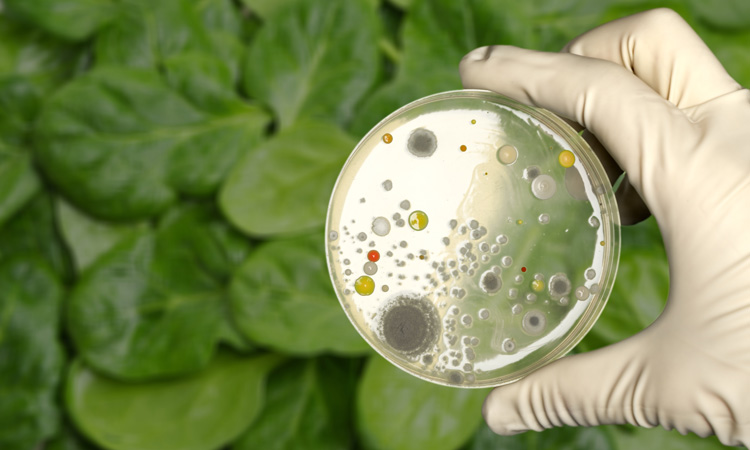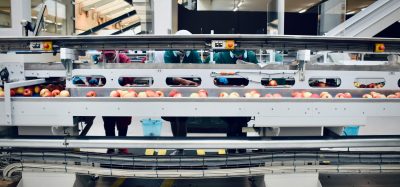FDA publishes key findings from 2019 leafy green E. coli investigation
- Like
- Digg
- Del
- Tumblr
- VKontakte
- Buffer
- Love This
- Odnoklassniki
- Meneame
- Blogger
- Amazon
- Yahoo Mail
- Gmail
- AOL
- Newsvine
- HackerNews
- Evernote
- MySpace
- Mail.ru
- Viadeo
- Line
- Comments
- Yummly
- SMS
- Viber
- Telegram
- Subscribe
- Skype
- Facebook Messenger
- Kakao
- LiveJournal
- Yammer
- Edgar
- Fintel
- Mix
- Instapaper
- Copy Link
Posted: 22 May 2020 | Sam Mehmet (New Food) | No comments yet
The report findings are from a 2019 investigation into the contamination of romaine lettuce with several strains of E. coli O157:H7 which resulted in three outbreaks of foodborne illness traced back to the Salinas Valley growing region in California.


It's thought the outbreak is linked to organic spinach
The US Food and Drug Administration (FDA) has published the findings of an investigation into the contamination of romaine lettuce implicated in three outbreaks of E. coli O157:H7 during the autumn of 2019. These outbreaks – two multi-state and one single-state beginning in September and ending in December 2019 – collectively resulted in 188 people falling ill.
The investigation was conducted at several farms identified in the outbreak traceback, as well as at other businesses and public access areas. Key findings included:
- Each of these three outbreaks, identified in the report as Outbreaks A, B and C, were caused by distinctly different strains of E. coli O157:H7 as determined by whole genome sequencing (WGS)analysis
- Traceback investigations of multiple illness sub-clusters and supply chain information identified a common grower with multiple ranches/fields which supplied romaine lettuce during the timeframe of interest to multiple business entities associated with all three outbreaks
- The same strain of E. coli O157:H7 that caused Outbreak A was found in two different brands of fresh-cut salads containing romaine lettuce in 2019
- This same outbreak strain of E. coli O157:H7 in Outbreak A was detected in a fecal-soil composite sample taken from a cattle grate on public land less than two miles up-slope from a produce farm with multiple fields tied to the outbreaks by the traceback investigations
- Other strains of Shiga toxin-producing E. coli (STEC), while not linked to any of the outbreaks, were found in closer proximity to where romaine lettuce crops were grown, including two samples from a border area of a farm immediately next to cattle grazing land in the hills above leafy greens fields and two samples from on-farm water drainage basins.
The FDA report highlighted adjacent or nearby land use for cattle grazing as the most likely contributing factor associated with these three outbreaks. While the agency could not confirm a definitive source or route(s) of contamination of the romaine fields, the agency considered indirect transmission of fecal material from adjacent and nearby lands from water run-off, wind, animals or vehicles to the romaine fields, or to the agricultural water sources used to grow the romaine, as possible routes of contamination.
These findings, together with the findings from earlier leafy greens outbreaks, have suggested that a potential contributing factor has been the proximity of cattle – a persistent source of E. coli O157:H7 and other STEC – to the produce fields identified in traceback investigations. The FDA noted that these key findings reinforce its concern about the possible impacts of nearby and adjacent land use on the safety of leafy green crops and further underscore the importance of implementing appropriate risk-based preventive measures to reduce the potential for E. coli or any other form of contamination of leafy greens.
Related topics
Food Safety, Health & Nutrition, Outbreaks & product recalls, Quality analysis & quality control (QA/QC), Research & development, Traceability









